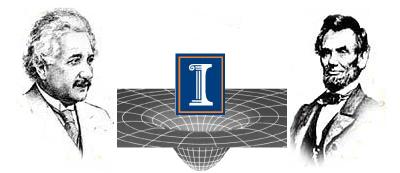The Great Impostors: Extremely Compact, Merging Binary Neutron Stars in the Mass Gap Posing as Binary Black Holes

- Antonios Tsokaros
- Milton Ruiz
- Stuart L. Shapiro
- Lunan Sun
- K$\mathbf{\bar{o}}$ji Ury$\mathbf{\bar{u}}$
Abstract
Can one distinguish a binary black hole undergoing a merger from a binary neutron star if the individual compact companions have masses that fall inside the so-called mass gap of $3-5\ M_\odot$? For neutron stars, achieving such masses typically requires extreme compactness and in this work we present initial data and evolutions of binary neutron stars initially in quasiequilibrium circular orbits having a compactness $C=0.336$. These are the most compact, nonvacuum, quasiequilibrium binary objects that have been constructed and evolved to date, including boson stars. The compactness achieved is only slightly smaller than the maximum possible imposed by causality, $C_{\rm max}=0.355$, which requires the sound speed to be less than the speed of light. By comparing the emitted gravitational waveforms from the late inspiral to merger and post-merger phases between such a binary neutron star $\textit{vs.}$ a binary black hole of the same total mass we identify concrete measurements that serve to distinguish them. With that level of compactness, the binary neutron stars exhibit no tidal disruption up until merger, whereupon a prompt collapse is initiated even before a common core forms. Within the accuracy of our simulations the black hole remnants from both binaries exhibit ringdown radiation that is not distinguishable from a perturbed Kerr spacetime. However, their inspiral leads to phase differences of the order of $\sim 4$ rads over an $\sim 81$ km separation (1.7 orbits) while typical neutron stars exhibit phase differences of $\geq 20$ rads. Although a difference of $4$ rads can be measured by current gravitational wave laser interferometers (e.g. aLIGO/Virgo), uncertainties in the orbital parameters will likely prevent distinguishing such compact, massive neutron stars from black holes.
arxiv:1911.06865